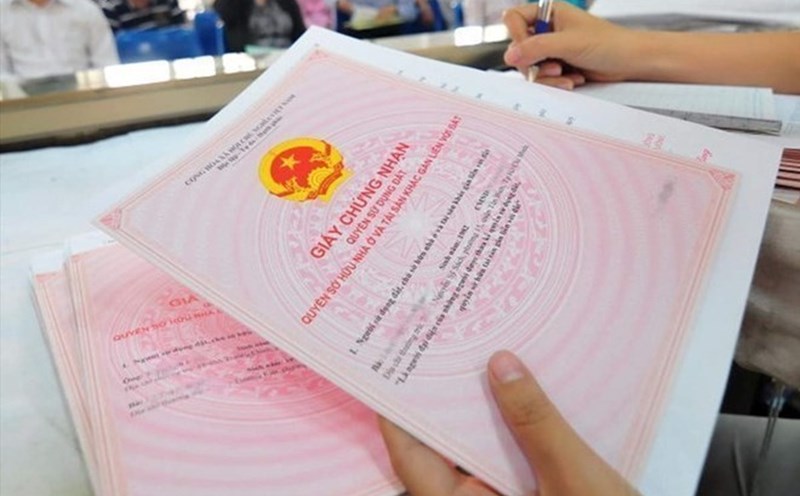Strengthening the stability of the financial system
The State Bank of Vietnam (SBV) is moving towards completing an important legal framework to improve the stability of the monetary, banking and financial systems. This is a key task of the State Bank, stipulated in Decree No. 26/2025/ND-CP.
To carry out this task, the Draft Circular stipulates the procedures for identifying, assessing, preventing and limiting systemic risks that have been developed. Systematic risks are risks that have the potential to have a widespread impact on financial markets and the economy.
Why is a new Circular needed?
This document is considered urgent due to changes in practice:
Replacing the old Regulations: The Systematic Risk Monitoring Regulations (GSRRHT) issued since 2016 have revealed many shortcomings and problems, only stopping at coordination between internal units under the SBV.
Risk of spreading from expanding credit institutions' operations: According to the draft, in the current context, credit institutions tend to expand their scope of operations, diversify products and services through the establishment of subsidiaries operating in other financial sectors (such as insurance, securities, fund management, financial leasing, etc.).
This expansion increases connectivity and the level of risk spread in the banking and financial system.
The Thuyet application warns that the risk is likely to spread from subsidiaries to parent companies (i.e. credit institutions) if not monitored and identified promptly. This will cause serious consequences for the parent bank and the entire system.
In addition, the close and non-transparent connection between the parent company and its subsidiaries is also a favorable condition for the implementation of financial fraud and the potential risk of financial system failure.
The new Circular will address the above issues by building a more comprehensive legal framework.
Expanded monitoring scope and modern analysis tools
The most prominent point of the Draft Circular is the expansion of the scope of information collection and risk assessment.
Subjects of the expanded report: Not only entities under the State Bank of Vietnam and the Deposit Insurance, the subjects of application also include credit institutions, foreign bank branches and other relevant agencies and organizations (such as securities, insurance, fund management, real estate). This creates a legal basis for the SBV to have a comprehensive view of the risks from related economic and financial sectors.
Identification work will focus on spreading risks, especially the connection between the banking system and other sectors such as securities, insurance, and the real estate market.
The Circular stipulates the use of modern analysis tools such as Quentiative models; Quentiative analysis, and especially periodic implementation; Stress Test for credit institutions and business areas.
The issuance of the Circular will help the Department of Forecasting, Statistics - monetary and financial stability (Department of DBTKOD) - the focal unit to carry out this task, deploy work according to the process, ensure scientificity, contribute to preventing and limiting risks for monetary, banking and financial activities.
As reported by Lao Dong Newspaper, real estate credit has grown rapidly, with outstanding loans increasing by nearly 24% in the first half of 2025. This acceleration has caused the value of collateral such as houses and land at most commercial banks to increase, accounting for a large proportion of total mortgaged assets.
However, this relationship is a weakness. Dr. Chau Dinh Linh, Lecturer at Ho Chi Minh City Banking University, emphasized that real estate is a credit group with high risk due to strong fluctuations in market cycles.
He warned that if the market freezes, collateral will lose liquidity, and the risk of bad debt will spread throughout the system. At this time, the high value of guaranteed assets is no longer meaningful when the bank faces credit and liquidity risks. Therefore, he recommended that management agencies need to issue early warnings and strictly control each bank's financial index.
The opinions of relevant individuals and organizations should be sent to the Department of Forecasting, Statistics - monetary and financial stability before October 7, 2025 via: 49 Ly Thai To, Hoan Kiem Ward, Hanoi and email: page.lehuyen1@sbv.gov.vn (phone number: 09 14.6688.94)







